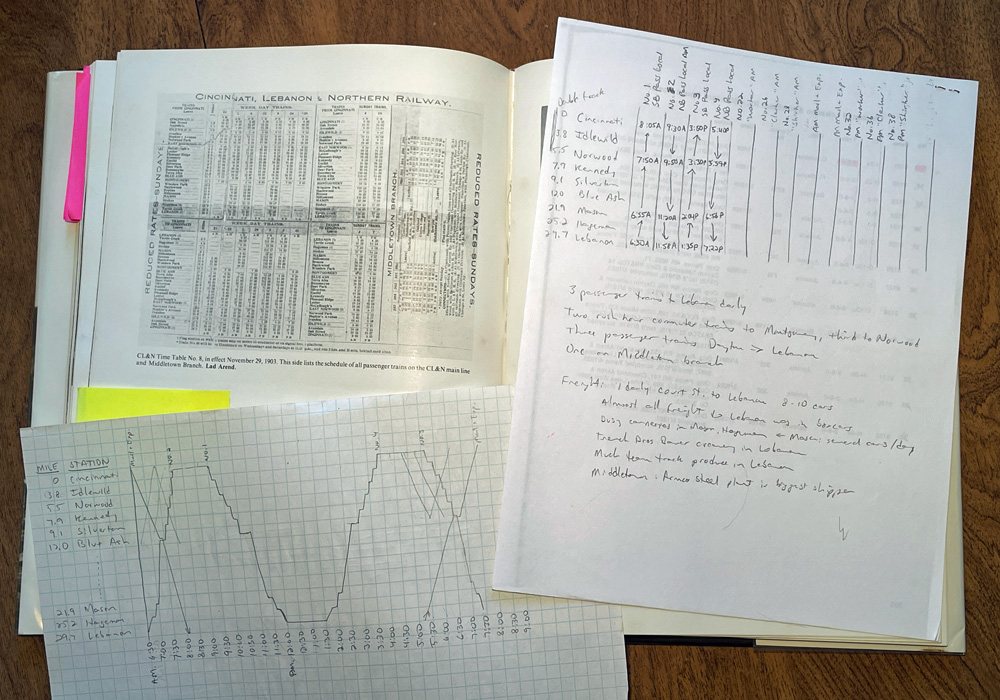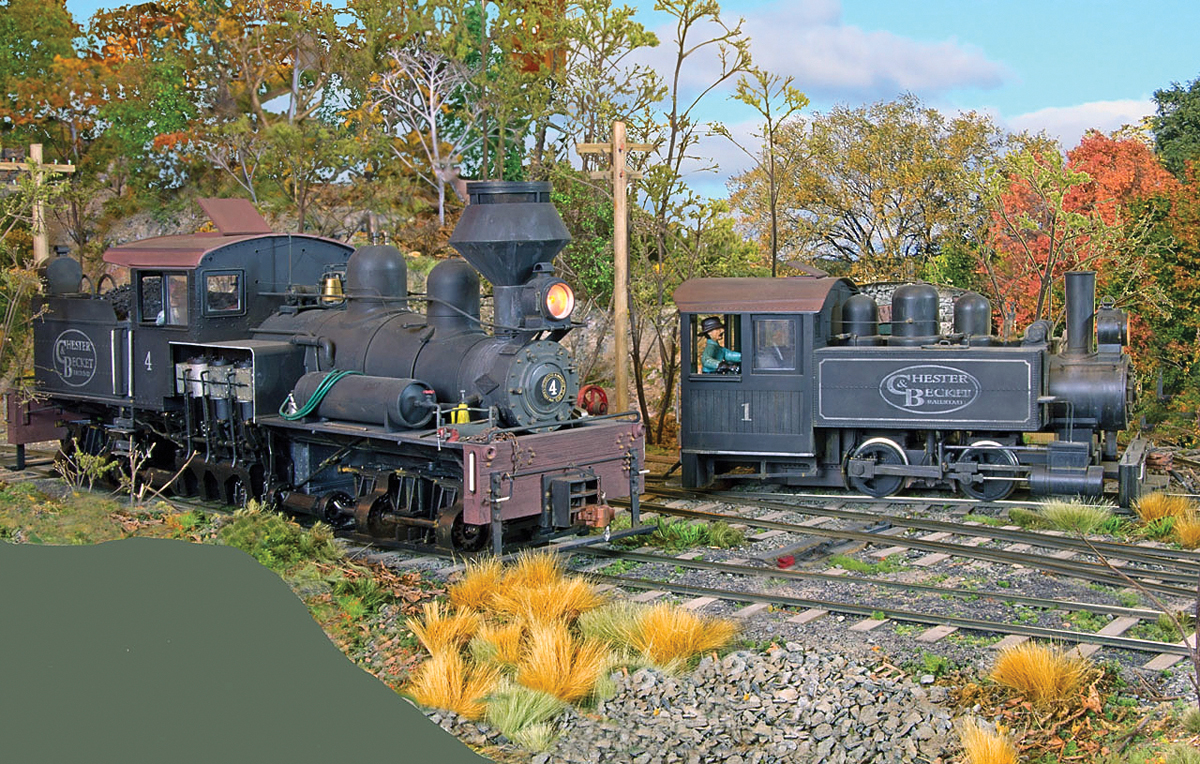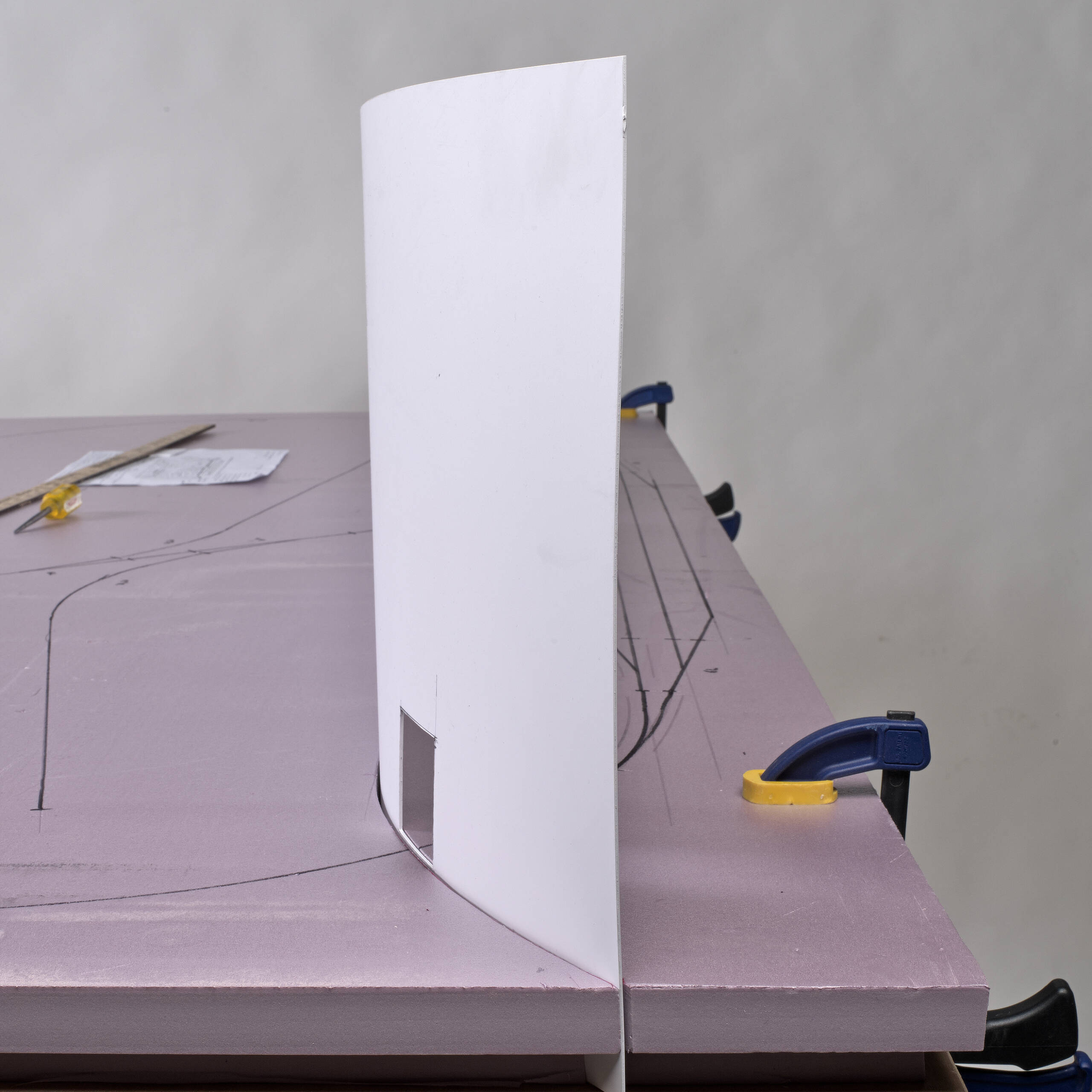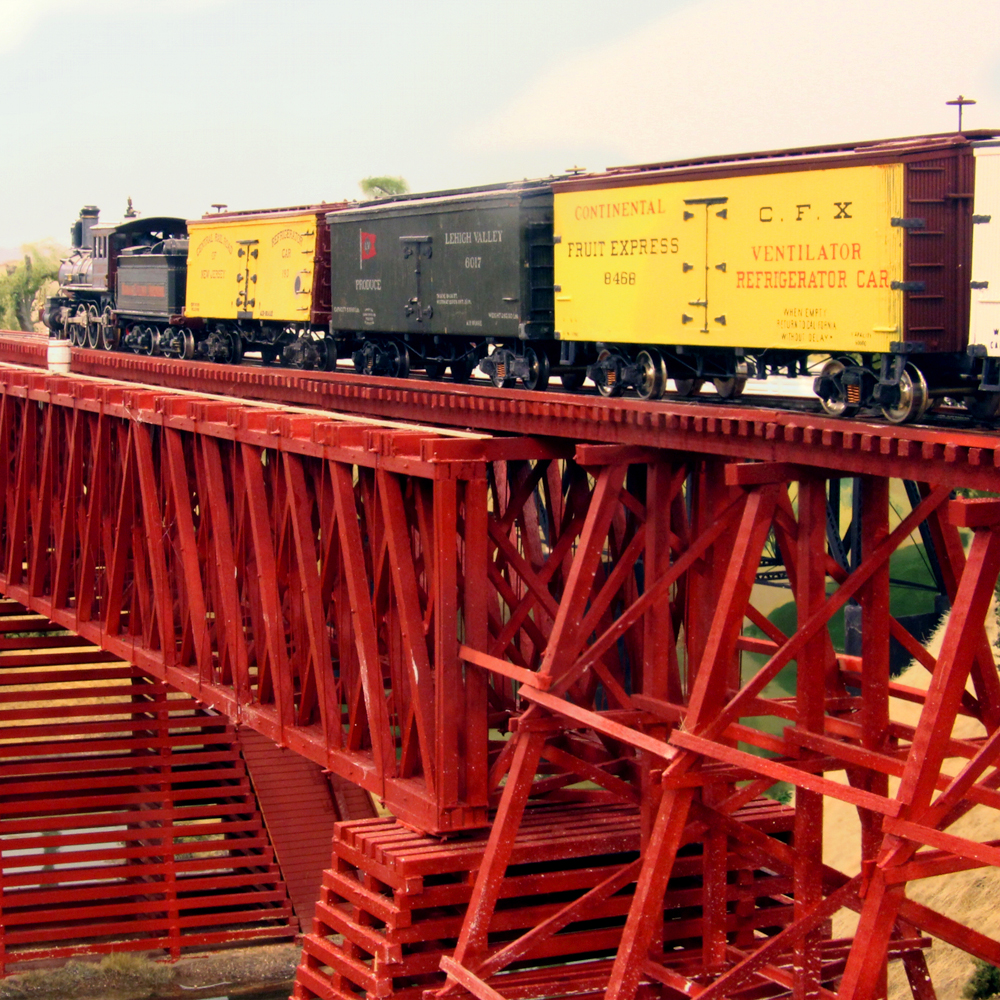
Q: Did short line railroads use timetables for such loads as logs, lumber, cattle, grain, merchandise, and the like for short distances such as 100 miles or less? For example, is a timetable necessary for a train running back and forth between a log landing site and a small lumber mill? — Russell Brenchley, Cottage Grove, Ore.
A: Yes, they sure did! Timetables aren’t just for Class I railroads or passenger traffic. They’re an important tool for any railroad busy enough to have multiple trains that need to keep out of each other’s way.
As I wrote in the “Ask MR” column in our September 2018 issue, railroad timetables aren’t just conveniences to let passengers know when the next train will arrive. There are also employee timetables, which are safety tools that prevent traffic jams and collisions, among other uses. Consulting the timetable will tell dispatchers and engineers where any scheduled train on the railroad is expected to be at any particular time. This lets them know if and when it’s safe for a train to enter a block of track.
That usefulness has nothing to do with how long a railroad is or what it’s carrying. As long as it can have more than one train running at the same time, a timetable may be needed to keep them apart. This is called Timetable and Train Order (TTTO) operation, so called because the dispatcher has the power to authorize, cancel, and modify the schedules of trains by issuing Train Orders.
Timetable and Train Order operation is an outdated procedure these days, but it still has its place in model railroading, since it was still in use during the steam-to-diesel many of us model. If you model a later era, though, there are more modern methods to consider, such as Centralized Traffic Control, Direct Traffic Control, Track Warrant Control, Form D control, and more. To learn about them, check out this article from Trains.com.
Not all trains on a railroad belong on the employee timetable, though. Timetables list trains that operate on a regular schedule, whether it runs every day, every weekday, Tuesdays and Fridays, or whatever. But under TTTO, the dispatcher can authorize unscheduled “extra” trains. There are numerous reasons an extra train might be authorized: a crush of seasonal traffic, to rebalance the distribution of locomotives or cars, a special movement like an inspection trip or passenger excursion, maintenance of way, a train diverted to a different route by a track washout, or simply a train that doesn’t get enough business to run on a fixed schedule (like your log train example). Extras are considered lower priority than any scheduled train, so it’s up to the extra’s engineer to clear up five minutes ahead of the arrival of any scheduled train. Of course, the dispatcher can also issue a train order to change any train’s priority, in which case a copy of that train order would have to be given to the crew of every other train authorized to use that route.
But I digress. Back to the point, you would certainly be justified to operate with a timetable for your model railroad, regardless of how short it may be or what the train is hauling. Evaluate the traffic on your line and decide which trains run regularly enough to be on a schedule and which are intermittent enough to be extras. For more information on how to make and use a timetable for your railroad, look up that September 2018 Ask MR column I mentioned.
Send us your questions
Have a question about modeling, operation, or prototype railroads? Send it to us at AskTrains@Trains.com. Be sure to put “Ask MR” in the subject.














All railroads should have employee timetables, regardless if they have regular trains listed or not. ETT provide information about stations, special instructions, etc. Short lines/small railroads likely ran all their trains as extras, but would have still had an employee timetable.